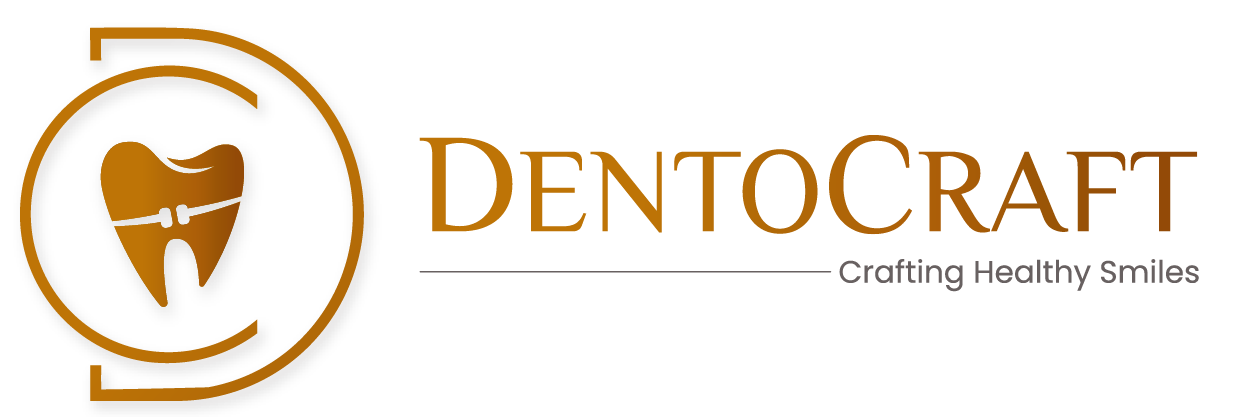
5 Mouth Care Procedure: A Step-by-Step Guide to Healthy Oral Hygiene
1. Introduction
Your mouth is the gateway to your overall health, and maintaining good oral hygiene is essential for a healthy life. A proper mouth care procedure not only keeps your teeth and gums healthy but also prevents serious health issues linked to poor oral hygiene. Neglecting mouth care can lead to cavities, gum diseases, and even systemic conditions like diabetes and heart disease. Let’s dive into why and how you should take care of your mouth.
2. Why Is Mouth Care Essential?
Proper mouth care is more than just having a bright smile; it’s about preserving your overall health. Here’s why mouth care is crucial:
- Prevents Cavities and Gum Diseases: Regular brushing and flossing remove plaque buildup, protecting your teeth from decay and gum infections.
- Fresh Breath and Confidence Boost: Good oral hygiene eliminates bad breath, giving you the confidence to interact with others.
- Reduces Risk of Systemic Diseases: Poor oral health has been linked to conditions such as diabetes, cardiovascular disease, and respiratory infections. A clean mouth helps lower these risks.
3. Step-by-Step Mouth Care Procedure
Proper mouth care is more than just having a bright smile; it’s about preserving your overall health. Here’s why mouth care is crucial:
- Step 1: Brushing
Use fluoride toothpaste and a soft-bristled toothbrush. Position your brush at a 45-degree angle to clean both teeth and gums thoroughly. Brush gently in circular motions for two minutes, twice daily. - Step 2: Flossing
Flossing removes food particles and plaque from areas that your toothbrush can’t reach. Use a gentle zig-zag motion to avoid injuring your gums and ensure all gaps between teeth are clean. - Step 3: Tongue Cleaning
Your tongue can harbor bacteria that cause bad breath. Use a tongue scraper or the back of your toothbrush to gently clean your tongue daily. - Step 4: Rinsing
Rinse with an alcohol-free mouthwash to kill germs, strengthen enamel, and keep your breath fresh. If mouthwash isn’t available, rinsing with water after meals can also be effective. - Step 5: Professional Dental Checkups
Regular visits to your dentist every six months ensure a thorough cleaning and early detection of potential oral health issues.
4. Additional Tips for Effective Mouth Care
- Replace your toothbrush every three months or sooner if the bristles are frayed.
- Eat a balanced diet and limit sugary foods and drinks to reduce the risk of tooth decay.
- Stay hydrated to promote saliva production, which naturally cleans your mouth.
- Avoid smoking and chewing tobacco, as they can cause oral cancer and gum diseases.
5. Common Mistakes in Mouth Care
Even with the best intentions, some common mistakes can hinder your oral health efforts:
- Brushing too hard can damage your gums and enamel.
- Skipping flossing and rinsing leaves plaque and bacteria in hard-to-reach areas.
- Failing to clean aligners, retainers, or dentures properly can lead to bacterial buildup.
6. FAQs About Mouth Care
Even with the best intentions, some common mistakes can hinder your oral health efforts:
- How often should I brush and floss?
Brush twice daily and floss once a day for optimal results. - Can mouthwash replace brushing?
No, mouthwash complements brushing and flossing but cannot replace them. - What is the best way to prevent gum diseases?
Maintain a consistent oral hygiene routine, eat a healthy diet, and visit your dentist regularly.
7. Conclusion
Maintaining a proper mouth care routine doesn’t have to be complicated. Simple steps like brushing, flossing, and regular dental checkups can significantly improve your oral health. Start small and stay consistent to see long-term benefits.
Your mouth deserves the best care! Begin your journey to better oral health today.
Praveenkumar T
SEO Specialist (Editor & Researcher)
Dr. Nithya S (Author)
Orthodontist and Dentofacial Orthopaedician
